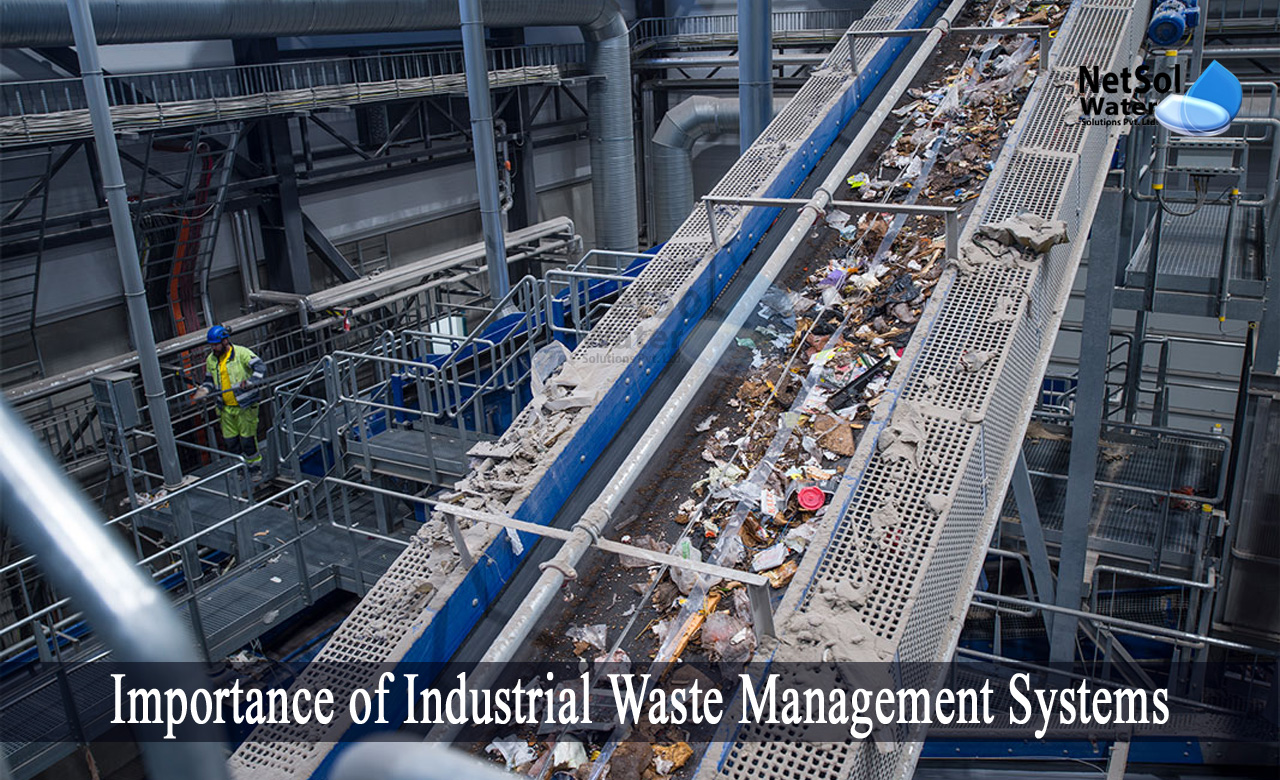The 5-Second Trick For Reclaim Waste
Wiki Article
The Definitive Guide for Reclaim Waste
Table of ContentsAll About Reclaim WasteThe Greatest Guide To Reclaim WasteWhat Does Reclaim Waste Do?The Facts About Reclaim Waste UncoveredThe Basic Principles Of Reclaim Waste
Check out the types, occurrences, and forms of liquid waste. Domestic sewage waste refers to the waste and products from a residential septic storage tank. This sort of waste is produced by humans in homes, schools, and various other structures. This only consists of septic systems that have a drain area. The correct management and disposal of domestic sewer waste need fluid waste to be transferred to a sewage therapy plant where the correct techniques and devices are related to detoxify and get rid of waste.
Industrial waste typically includes potential threats, such as combustible products or a combination of fluid and strong waste products, and calls for an advanced and comprehensive disposal procedure. The disposal of commercial waste generally includes the filtering of waste prior to transportation to make certain safe and appropriate disposal. Hazardous waste is produced from results and runoff of commercial processes and manufacturing.
This kind of waste can not use the very same sewer monitoring transport or procedures as septic or commercial fluids. The hazardous waste management process needs the examination and screening of liquid waste before it goes through the disposal procedure (liquid waste removal). Overflow waste is the fluid waste that comes from runoff and excess stormwater in extremely populated locations or cities
Overflow waste can cause contamination and flooding otherwise dealt with properly. Find out more about drain cleansing and waste management. Guaranteeing proper waste monitoring can prevent disasters and minimize ecological harm. Both people in domestic settings and specialists in business or production sectors can take advantage of understanding the processes and regulations of fluid waste administration.
6 Simple Techniques For Reclaim Waste
Call PROS Solutions today to learn about our waste monitoring and disposal solutions and the appropriate methods to look after the liquid waste you create.(https://www.domestika.org/en/reclaimwaste1)This supposed 'wastewater' is not just a crucial source yet, after treatment, will be released to our land, rivers or the sea. Utilized water from commodes, showers, baths, kitchen sinks, washings and industrial processes is known as wastewater.

water used to cool equipment or clean plant and tools). Stormwater, a kind of wastewater, is drainage that flows from farming and urban locations such as roof coverings, parks, yards, roads, paths and rain gutters into stormwater drains, after rainfall. Stormwater flows neglected straight to neighborhood creeks or rivers, ultimately reaching the ocean.
The Ultimate Guide To Reclaim Waste
In Queensland, most wastewater is treated at sewer treatment plants. Wastewater is transported from domestic or industrial websites with a system of sewage systems and pump stations, called sewage reticulation, to a sewer therapy plant. City governments build, maintain and operate most sewage therapy plants. Operators are certified under the Environmental Management Act 1994 to discharge cured wastewater at an acceptable ecological criterion into rivers.The Department of Natural Resources suggests city governments concerning managing, operating and preserving sewage systems and treatment plants. In unsewered areas, city governments may require householders to mount private or house sewer treatment systems to deal with residential wastewater from commodes, kitchens, washrooms and laundries. The Division of Natural Resources authorizes using home systems when they are shown to be reliable.
In some new class, therapy of some stormwater to remove clutter, sand and crushed rock has actually begun utilizing gross contaminant traps. Wastewater therapy takes place in four phases: Gets rid of strong issue.
Utilizes small living microorganisms knows as micro-organisms find out this here to damage down and get rid of staying liquified wastes and fine particles. Micro-organisms and wastes are integrated in the sludge.
The Facts About Reclaim Waste Revealed
Nutrient removal is not available at all sewer treatment plants because it requires costly specialized equipment. Clear liquid effluent generated after therapy might still consist of disease-causing micro-organisms - liquid waste removal melbourne.
Many wastewater flows right into the sewerage system. Under the Act, neighborhood governments provide authorizations and permits for environmentally pertinent tasks (ERAs) involving wastewater launches that might have a local effect.
An Unbiased View of Reclaim Waste
Monitoring offers factual info about water high quality and can validate that licence conditions are being satisfied. The information gotten with monitoring gives the basis for making water high quality choices.Report this wiki page